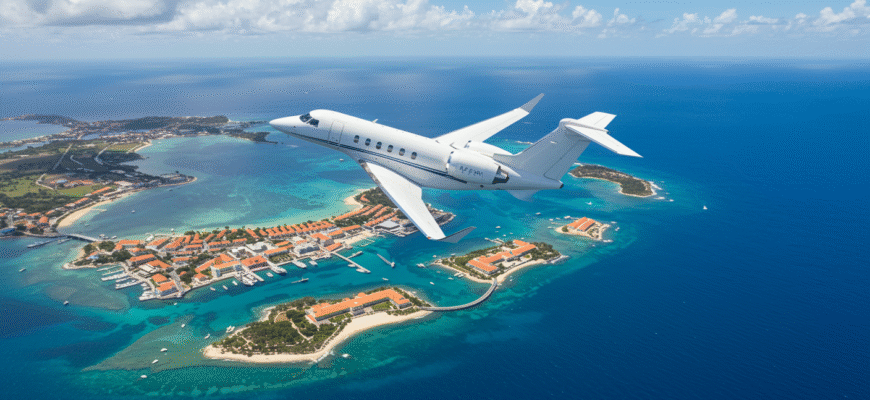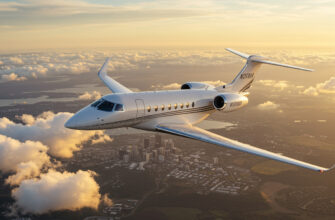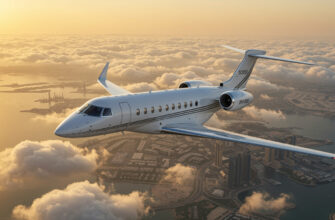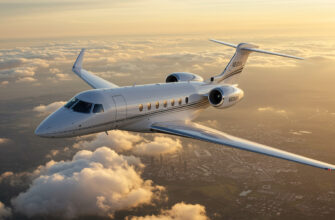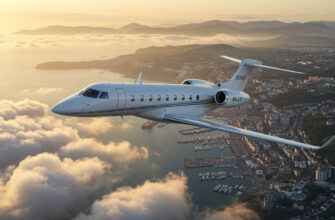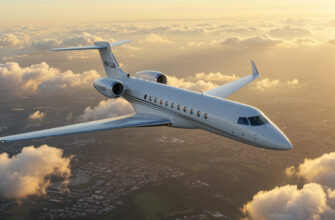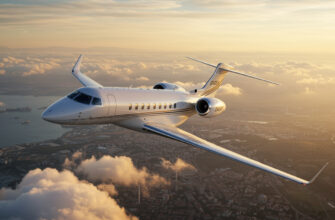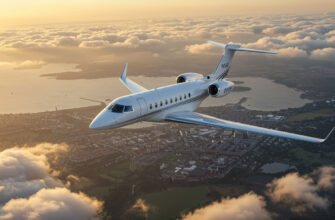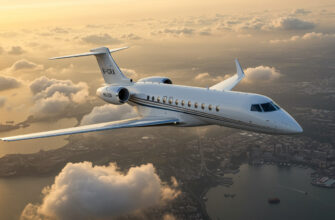Flying into Curaçao on a private jet isn’t just about beating the airport chaos. It’s about side-stepping it entirely. The moment you pull up, someone’s at your door. No TSA shuffle, no line of vacationers with sandals over their shoulders, and absolutely no overhead bin wars. Bags? Handled. Security? Smooth as silk. You’re wheels-up before a commercial passenger even boards.
Then there’s the part most people don’t realize—many private fliers don’t even see a terminal. Curaçao’s FBO (Fixed Base Operator) services mean you can roll straight from car to jet using discreet back entrances. Some flights even offer curb-to-plane without stepping foot inside a building. It’s sheer invisibility for those who’d rather not be spotted at all.
So what does it cost to live this kind of quiet luxury? Let’s break it down. A one-way light jet from New York runs around $32,000. From Miami, closer to $18,000. Caracas? Just over $9,000 on a turboprop. Go bigger—say, a long-range jet with club seating—and those numbers climb fast. But here’s the twist: Curaçao offers “empty leg” repositioning flights at big discounts, so it’s not always billionaire money. You just have to know where to look—and when to ask.
What You Don’t See On The Tarmac: The Hidden Circles That Land In Curaçao
The jets touching down in Curaçao don’t just carry sun-hungry travelers. They deliver billionaires hunting Caribbean Picassos, headlining DJs detouring through the island post-Tulum, and crypto execs burnt out from Puerto Rico, craving a quieter scene. Sprinkle in a few reality stars playing it incognito and you’ve got an audience with serious privacy preferences.
Why Curaçao? The energy is different. Some fly in for the island’s underground art biennials, others for intensive detox retreats where phones are locked at the door. The ultra-private bring crews to off-grid villas with blackout guest lists, where the invite disappears once the plane lands. And yes—there are unregistered parties that begin with an ocean drop-off and end without evidence.
The cargo says more than the passport. On any given jet, you might find a pressurized Picasso in a crate that can’t tilt more than five degrees, or a pair of $25K teacup puppies in temperature-controlled carriers. Vintage wine cases land too—sometimes entire years of Bordeaux flown in for villa tastings. One operator mentioned someone once flew with their grandmother’s ashes, plus her china set. Both had window seats.
How To Fly Private To Curaçao Without Paying Full Price
Here’s the trick seasoned fliers know—a plane that flies someone in has to fly back. If you’re flexible, you can scoop an “empty leg” flight for up to 70% off. Think $9,000 instead of $30,000. You won’t control the schedule, but you’ll still sip top-shelf rum in leather club seating. Not a bad trade-off.
- Jet cards or memberships offer consistent pricing, usually pre-paid hours on specific jet categories.
- Charter-on-demand gives more flexibility per trip, great for one-offs or trying new routes.
- Shared ownership works if you fly frequently—buying into a specific aircraft gives you fractioned rights and priority booking.
If Curaçao is your once-a-season breakout, chartering or snagging an empty leg is the way to go. But if your inbox involves villa invites with timeframes that include the words “ASAP,” it might make sense to get a membership and worry less about availability. Either way, don’t wait for an ad—ask brokers directly. The quietest flights are the ones never listed publicly.
Jet Life: What No One Tells You About the In-Flight Experience
What’s it actually like climbing aboard a private jet headed to Curaçao? It’s not just soft seats and champagne flutes. It’s curated chaos at 30,000 feet, with luxury redefined by whatever vibe the passengers bring. No TSA, no baggage drama, and definitely no peanuts in plastic trays. Flights to Curaçao often double as the opening act of a much wilder weekend. Think of it less like a commute and more like a rolling sky party—or sometimes, a quiet island reset. Either way, no two flights look the same.
Piña coladas at 27,000 feet: Custom bars and cabin setups
This isn’t a “can I get a Diet Coke?” kind of flight. On-board catering is anything but standard when booking to Curaçao. Passengers request local rum flown in, tropical fruit trays from the island, and yes—perfectly blended piña coladas at cruising altitude. Some jets flying this route are outfitted with bar tops, glassware, and mixologists on call. Boozy brunch doesn’t stop just because you’re airborne.
Flying DJs, massage tables, and personalized lighting for the pre-party
For some, takeoff means take-the-party-up-a-notch. Private jets chartered for group events—like birthdays or post-regatta blowouts—often feature wild upgrades:
- Flying DJs: Soundproof cabins get wired with speaker systems, playlists built for turbulence, and midnight mixes spinning miles above sea level.
- Massage tables: Yes, crews can clear a cabin section for in-flight relaxation, complete with therapists trained in Caribbean pressure points.
- Custom lighting: Switch from “sunset glow” to “club mode” with mood lighting dialed to fit the vibe—romantic, chaotic, or blackout blackout.
On these jets, touchdown doesn’t mean party starts—it means it’s already peaking.
Midnight arrivals and runway pickups by boat, Rolls-Royce or helicopter
The airport never really sleeps, and neither do those flying in. Curaçao’s FBO can handle any hour arrival—from the medically urgent to the party-late. Some passengers roll off their jets onto waiting Rolls-Royces chilled with Veuve, but that’s just one version. Others go bolder. Boats dock near the tarmac for direct pier transfer. Helicopters pull off stealth pickups to fly passengers straight over the city lights to a villa surrounded by cliffs. No customs line, no noise. For some? No shoes either.
Curaçao’s Unofficial Code of Conduct for the Ultra-Private
Curaçao isn’t loud about who flies in—but it’s getting known for who never wants to be seen leaving. It runs on anonymity, not algorithms. Celebs, crypto millionaires, and shadow-rich families pass in and out with all records sealed tight. What happens here doesn’t stay—it evaporates. No wonder it’s a magnet for those allergic to exposure but addicted to indulgence.
No photos, no tags, no questions: Why privacy is the real commodity
Nobody brags with selfies at the Curaçao FBO. Phones stay in pockets. Even staff play silent—trained to keep conversation minimal and memory sharper. Arrival times aren’t logged publicly. Manifests are confidential. And events? If you weren’t invited, you’ll never know they happened. More than yachts or villas, this is what Curaçao sells best: Invisibility.
Villa hideouts, private beaches, and guest lists that disappear in 24 hours
Think glass-walled villas tucked behind rock walls, infinity pools that flow into nowhere, and beaches only locals whisper about. Many properties booked through underground brokers don’t even exist online. Guests land, vanish for a weekend, and ghost again. The hottest event might be dinner for six—but with chef-prepped dishes, moonlight, and a guest list that deletes itself by morning. Nothing gets filed or photographed. Curaçao thrives on what never makes it to the feed.
Booking Tips If This Is Your First Time
Flying private to Curaçao sounds glam—and it mostly is—but it’s not immune to fakes, markups, and rookie mistakes. New flyers are especially vulnerable to shady brokers and unnecessary upsells. Skip the regret with these cheat codes for a smooth, no-drama touchdown.
How to avoid inflated rates and fake brokers
Not every “charter specialist” online is actually legit. To make sure you’re not buying a dream jet that doesn’t exist:
- Stick with brokers who have physical access to aircraft fleets—not just listings.
- Always ask for N-Number or tail registration before wiring anything.
- If the price sounds too sweet to be real—it’s bait. Move on.
Curaçao’s privacy scene makes it a scammer’s playground. Don’t give them a reason to target you.
Planning your trip around peak vs. low season flight costs
Timing alone can shrink your jet quote by thousands. Curaçao’s high seasons—Carnival (January–March) and Regatta week (September)—mean massive demand. Fewer jets, higher prices. Aim for off-peak windows like May or early November for lower rates and more aircraft availability. Bonus tip: Ask about “empty leg” flights. If your dates are flexible, you could knock 40–70% off.
Which jet type matches your vibes and your budget (light, super-mid, heavy)
If you’re not sure which jet works for you, here’s a rough breakdown:
- Light Jets (Seats 4–6): Perfect for short hops like Miami–Curaçao. Priced around $5,000/hr. No frills, but no nonsense either.
- Super-Mids (Seats 8–9): Best for style + nonstop trips from New York or Dallas. Think club seating, space to stretch, and a cabin that feels curated.
- Heavy Jets / VIP Airliners: This is flying with an entourage. Great for groups, influencers with gear, or anyone wanting bedrooms, bartenders, and storage for five trunks of outfits.
Match the metal to the mission. No point in overbooking if you’re flying solo with a weekend bag.
